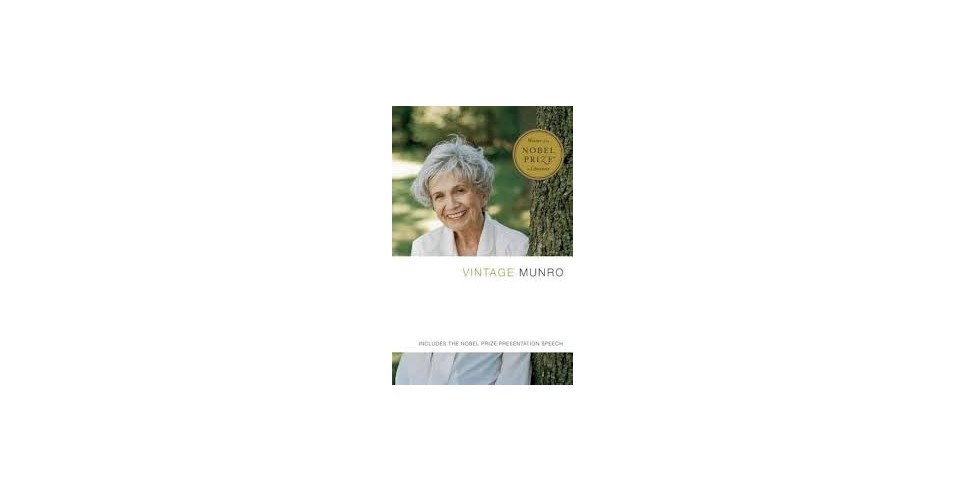
Book Review: Vintage Munro
by Alice Munro
Vintage Books Editions, 2004, 2014
pp 209
Alice Munro’s technique as a writer is clean, crisp, and plain spoken. No unnecessary frills dot her stodgy landscape, where the characters are ready to retire before they have reached their prime. The characters who inhabit her stories are stilted, a little off and a little nasty. In the story “Differently,” Georgia laments, “Maya and Georgia had never thought of Hilda as a woman like themselves. And Hilda and Maya had not been close—they had no reason to be. But Hilda had kept track; she knew of Maya’s death, she wrote these generous words.” The words Hilda had written were not generous; they were, in fact, mean spirited. And in the story “Hateship, Friendship, Courtship, Loveship, Marriage,” the young girls pen love fake letters between the unwitting Johanna Parry and her love interest Ken Boudreau. If the girls were acting out of meanness, matters not. Their letter writing campaign backfires when, unbeknownst to them, the couple does end up getting married. There is no mystery as to why Munro is deemed to be a fine writer. Her work is similar to a ballerina whose technique is superb; she can execute every step with exceptional precision, and make it appear effortless when she whips out 32 fouetté turns. Sadly, though, something is missing. The ballerina, like Alice Munro, is unable to give her characters emotional depth or a soul. The work of Alice Munro resonates best with readers who want to be held at arm’s length; they want to be kept at a distance because forming an emotional connection to the characters would conjure too many messy feelings—and that can be too much for some people.








